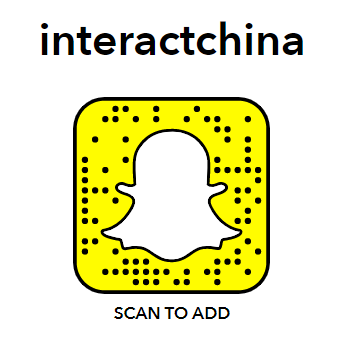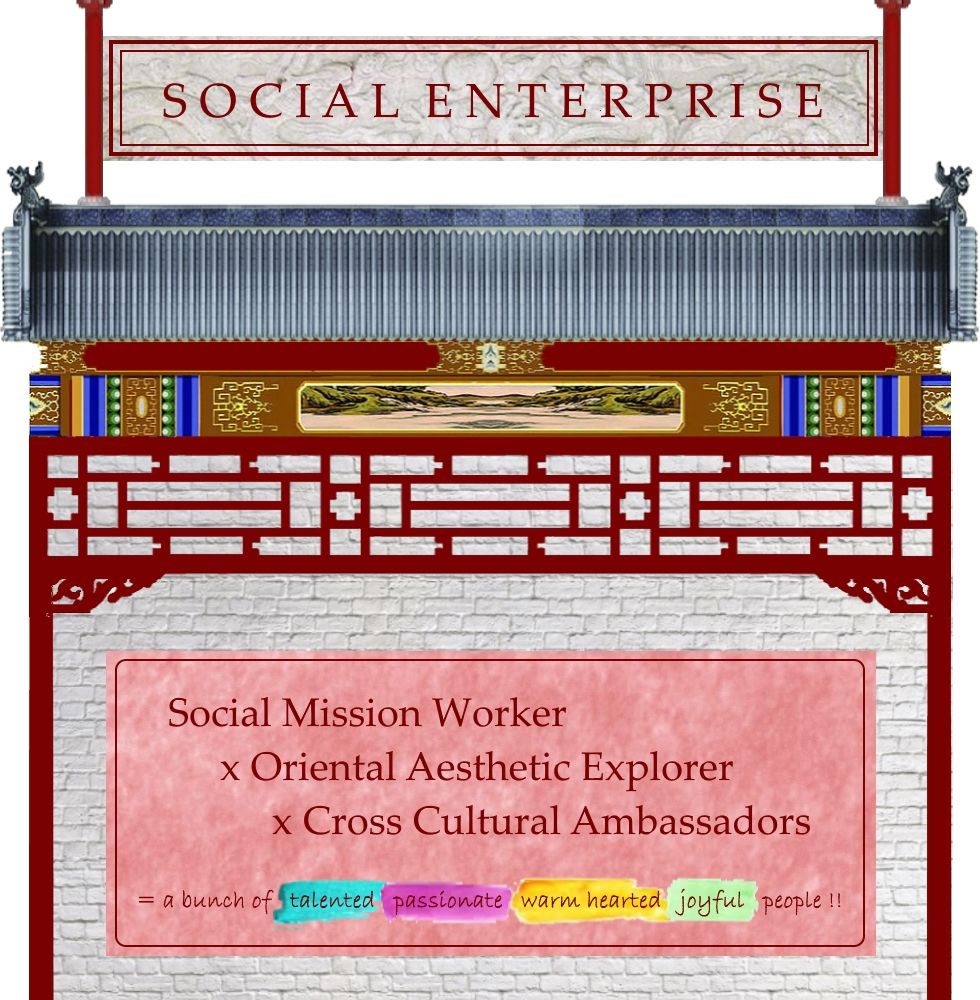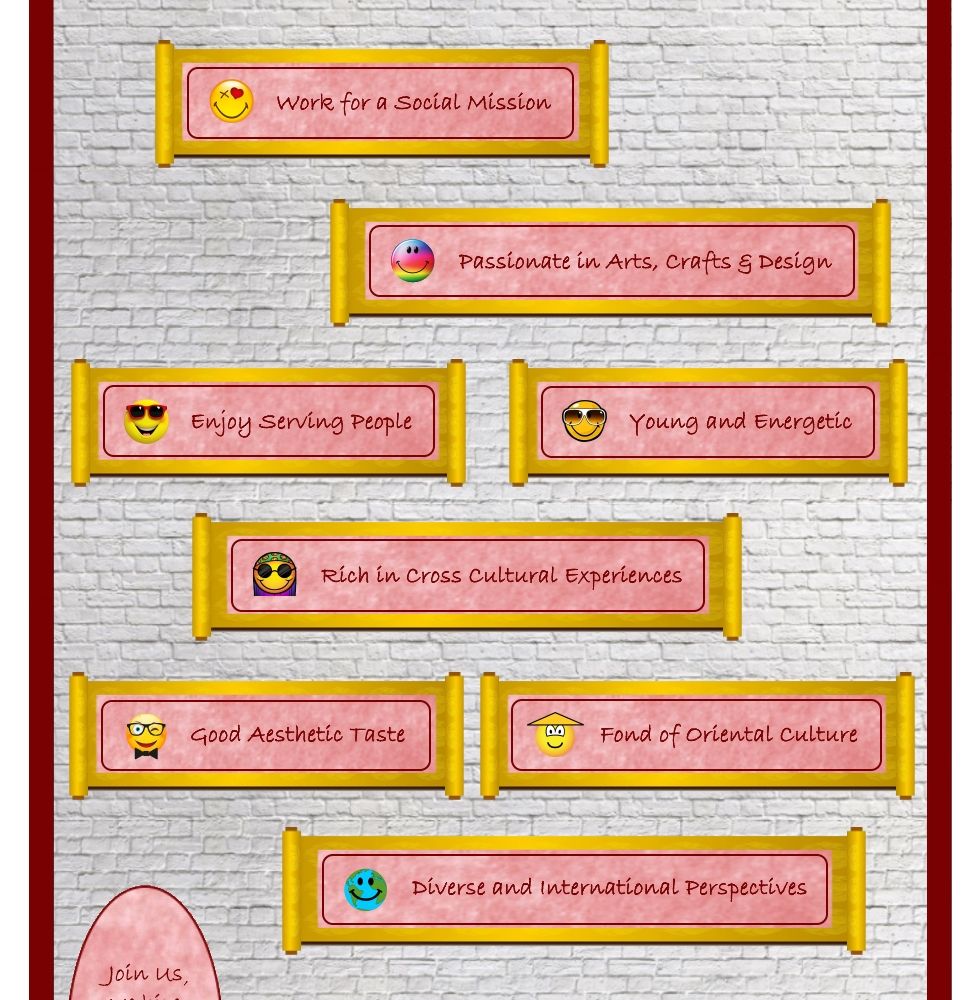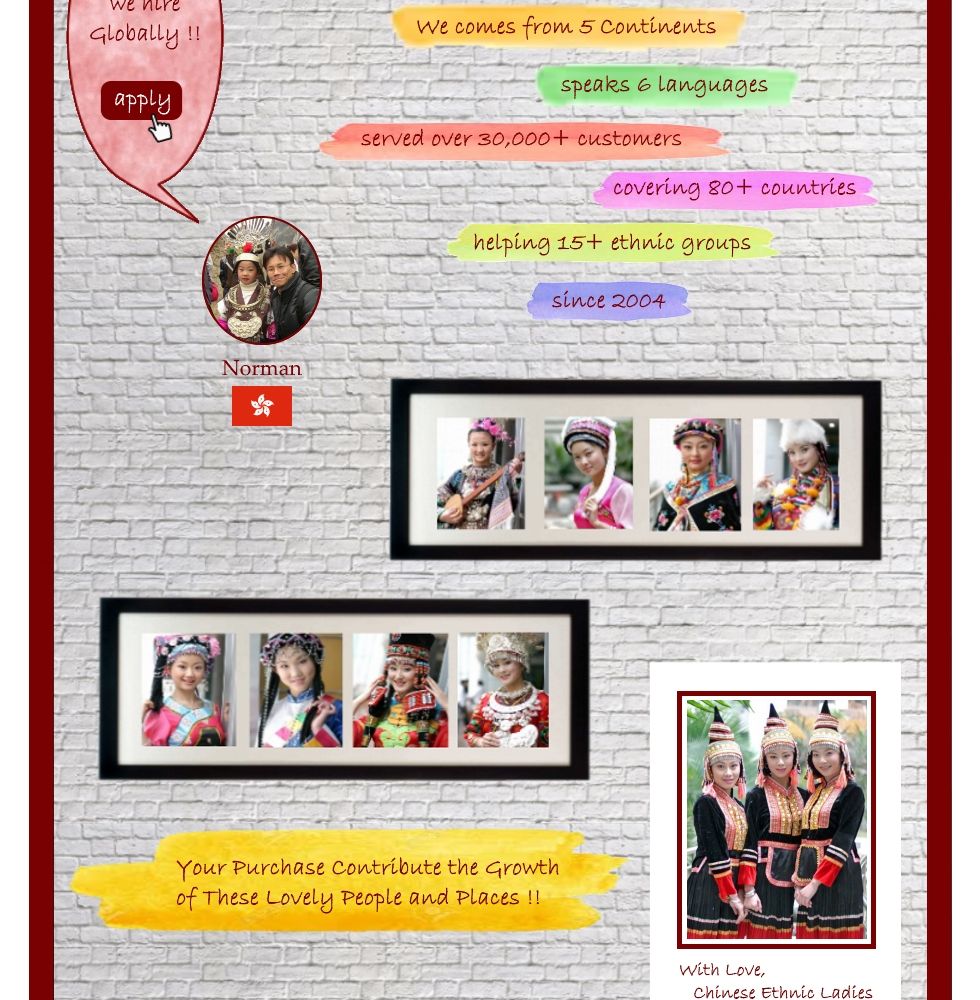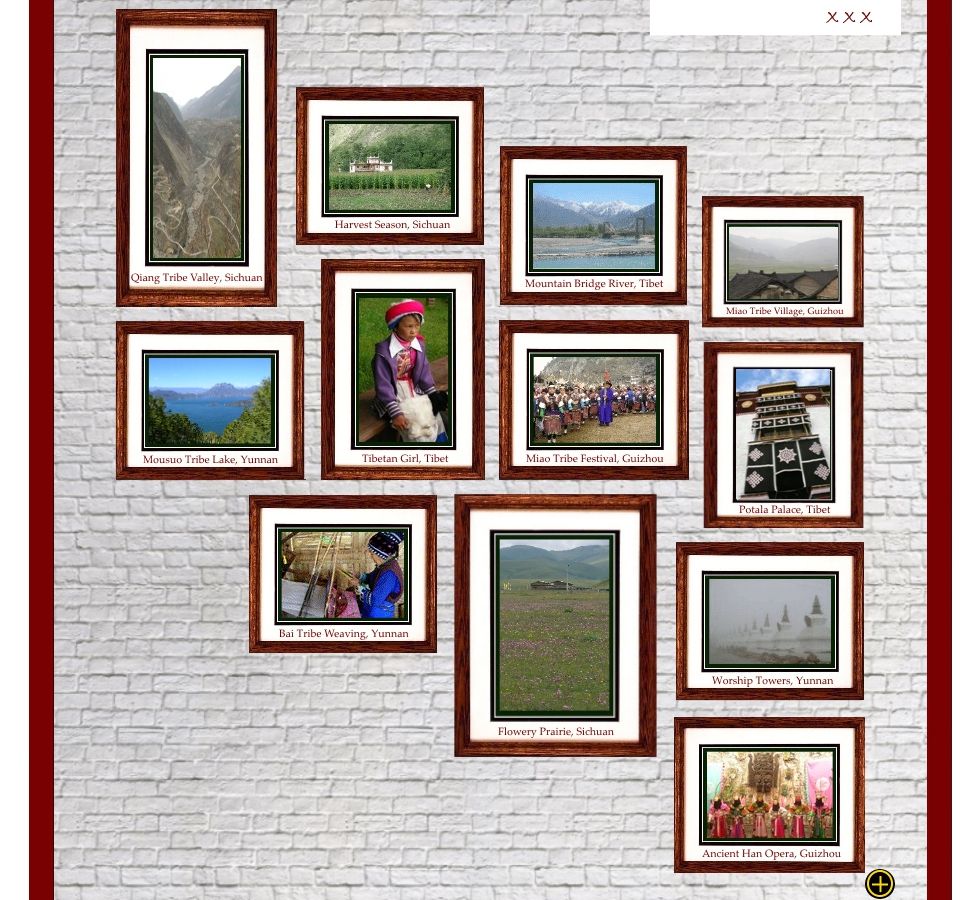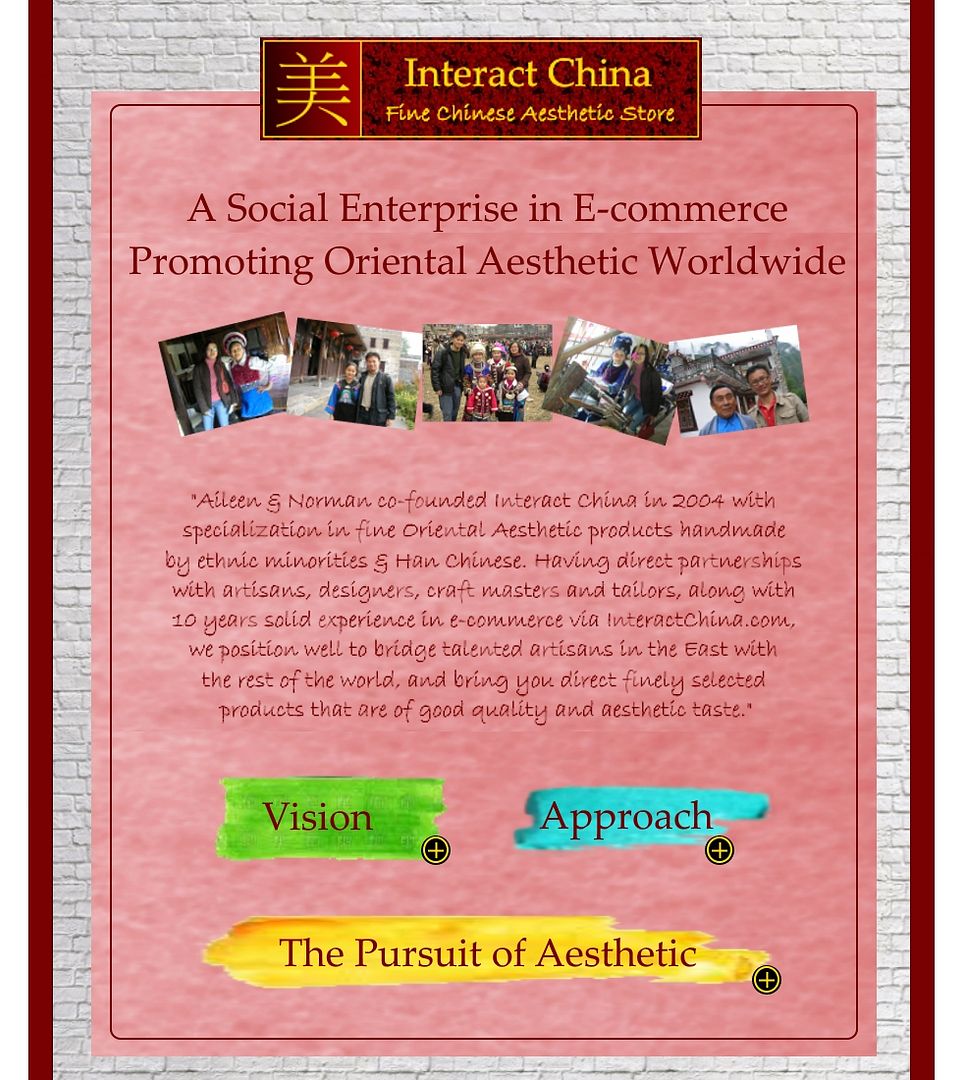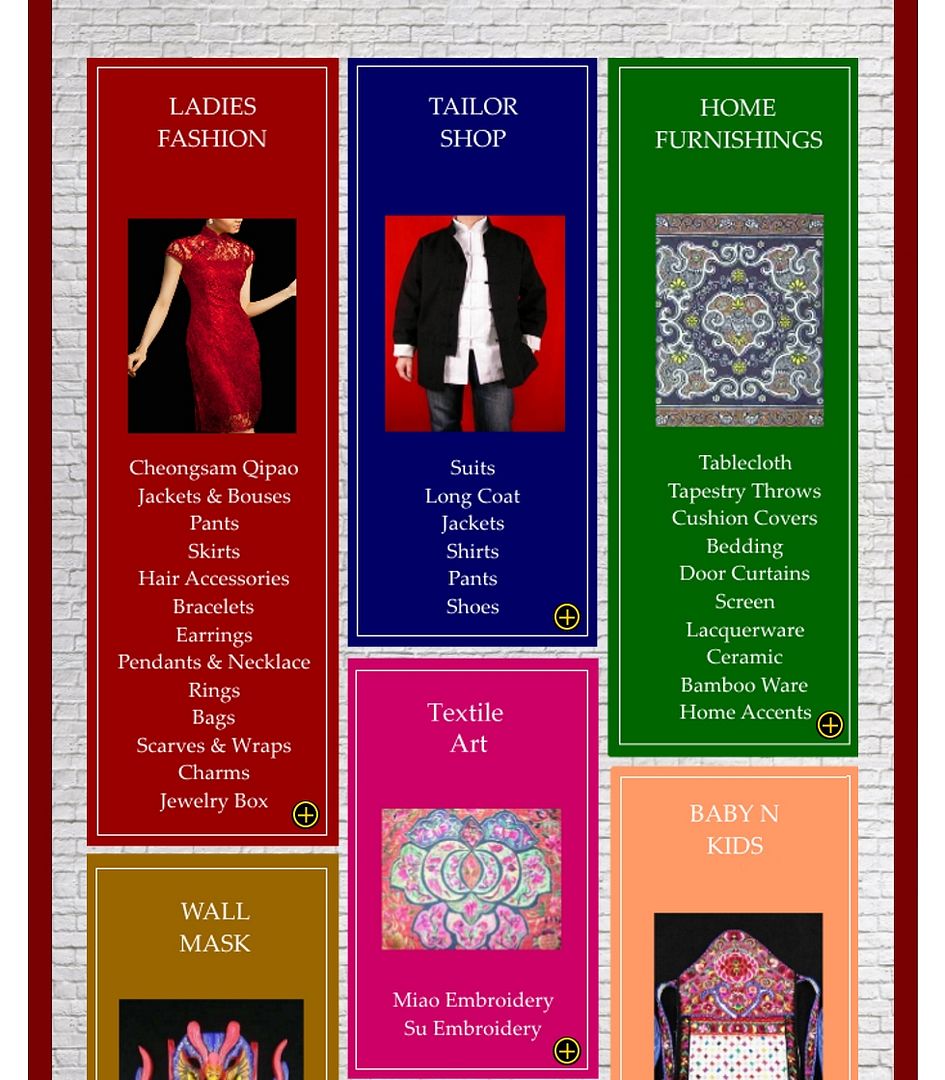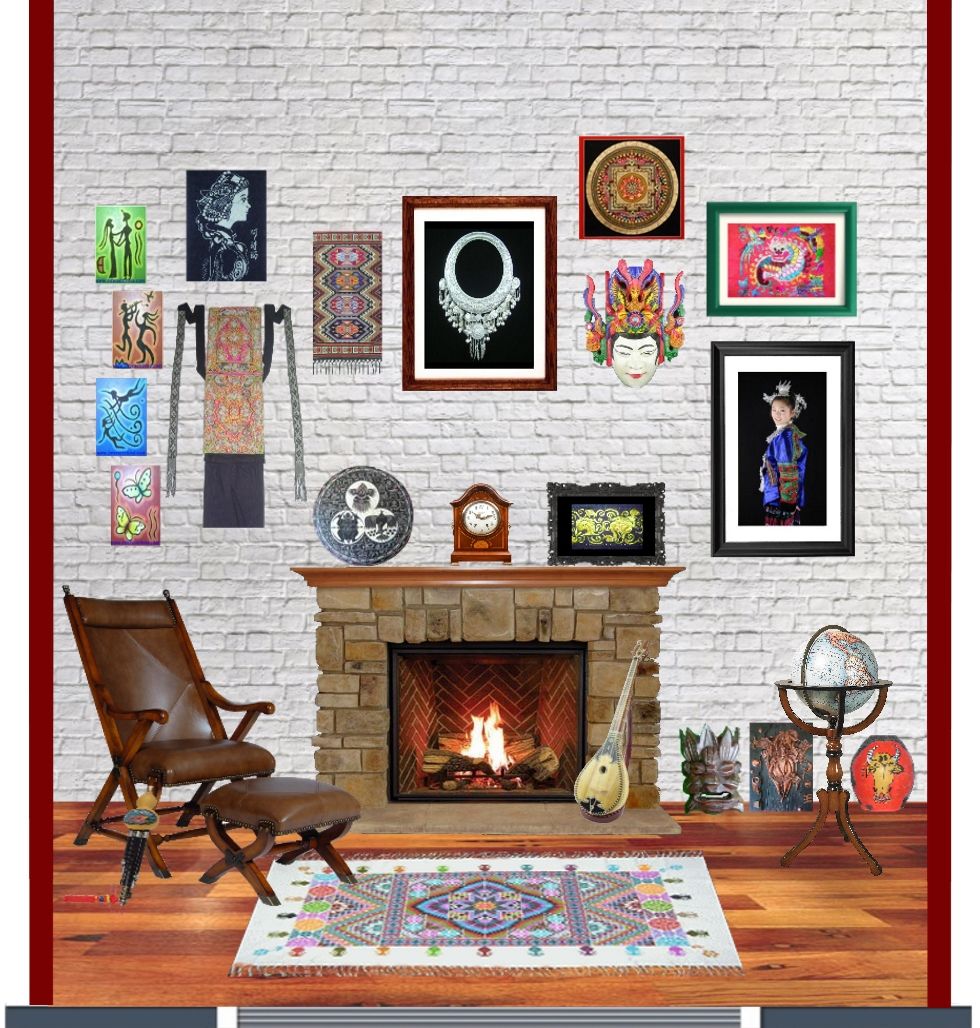A Nation Suffered Far Too Long
8th Jun 2017
The Miao are people of one of China’s 55 ethnic tribes, whose homeland is in the mountainous regions of southern China mainly provinces of Guizhou, Yunnan, Sichuan, Hunan, Hubei and Guangxi. The group is believed to have a history of more than 5000 years, longer than that of Han Chinese the largest ethnic people of China.
Terms — Miao and Hmong
Miao also called as Hmong and two terms are both used to refer to this aboriginal people of China. Outside China they live in Thailand, Laos, Vietnam and Burma, due to migrations starting in the 18th century, and also in the United States, French Guyana and Australia, as a result of recent migrations in the aftermath of the Indochinese wars.
Some people think “Miao” is a term for “barbarians”, while “Hmong” means “free men.” In fact, “Miao” in Chinese doesn’t mean “barbarians”. This is a common misunderstanding that many Hmong-Americans have. “Miao” in Chinese literally means “sprout”, “young plant” or “sprouting seed”. In fact, the term implies Miao as a nation grow as strong as plants and sprouting seeds. It is a very honorable name and refers to people of the earliest civilization while other tribes were still unknown in China.
Legend about the origin of Miao
By history, Chiyou is Miao’s ancestor, leader of the Jiuli Tribe. He fought with the Huaxia Tribe led by Huangdi (Yellow Emperor) and Yandi (Yan Emperor), ancestors of Han Chinese. The battle was said to take place in 26th century BC in Zhuolu (border between present Hebei and Liaoning provinces) and was to fight for the control over Yellow River valley. Chiyou was defeated and with the further attack of Huaxia Tribe, he led the Jiuli Tribe to move down to south China, which started Miao’s history of immigrating.
Long-Time Migration
 Miao ancestors began to settle down in the lower reaches of the Yangtze River during the Shang and Zhou dynasty (7th century BC to 256 BC). As early as the Qin and Han dynasty (221 BC to 220 AD), Miao lived in the western part of present day Hunan and the eastern part of present day Guizhou provinces. The term Miao was began to use in Tang and Song period (AD. 618-1279).
Miao ancestors began to settle down in the lower reaches of the Yangtze River during the Shang and Zhou dynasty (7th century BC to 256 BC). As early as the Qin and Han dynasty (221 BC to 220 AD), Miao lived in the western part of present day Hunan and the eastern part of present day Guizhou provinces. The term Miao was began to use in Tang and Song period (AD. 618-1279).
In the 3rd century AD, Miao went west to present day northwest Guizhou and south Sichuan along the Wujiang River. In the 5th century, some Miao groups moved to east Sichuan and west Guizhou. In the 9th century, some went to Yunnan. In the 16th century, some settled in Hainan province, the most southern part of China.
Military attacks in the 18th and 19th century, some even migrated across China border into Vietnam, Laos, Kampuchea, Thailand, Burma and western countries.
As a result of these large-scale migrations over centuries Miao Hmong are widely located. Altogether there are approximately 8 million Miao Hmong people. They speak 30-40 mutually unintelligible dialects and they have wide differences in customs and clothes.
by Xiao Xiao @ InteractChina.com
About Interact China
-----------------------------------------------------------------------------------------------------------------------------
"A Social Enterprise in E-commerce Promoting Oriental Aesthetic Worldwide"
Aileen & Norman co-founded Interact China in 2004 with specialization in fine Oriental Aesthetic products handmade by ethnic minorities & Han Chinese. Having direct partnerships with artisans, designers, craft masters and tailors, along with 10 years solid experience in e-commerce via InteractChina.com, we position well to bridge talented artisans in the East with the rest of the world, and bring you direct finely selected products that are of good quality and aesthetic taste.
So far we carry 3000+ goods covering Ladies Fashion, Kungfu Clothing, Home Furnishings, Babies & Kids, Painting Arts, Textile Arts, Carving Arts, Tribal Jewelry Art, Wall Masks and Musical Instruments. Our team speak English, French, German, Spanish and Italian, and serve customers worldwide with passion and hearts.
-----------------------------------------------------------------------------------------------------------------------------
P.S. We Need People with Similar Passion to Join Our Blogging Team!
If you have passion to write about Oriental Aesthetic in Fashion, Home Decor, Art & Crafts, Culture, Music, Books, and Charity, please contact us at bloggers@interactchina.com, we would love to hear from you!






